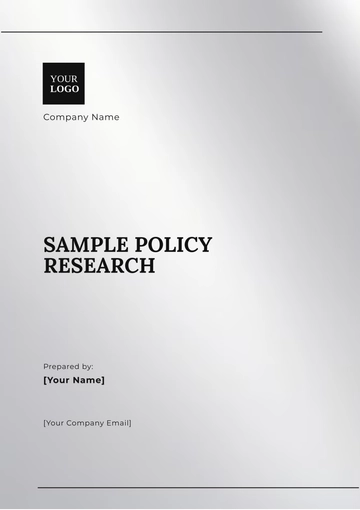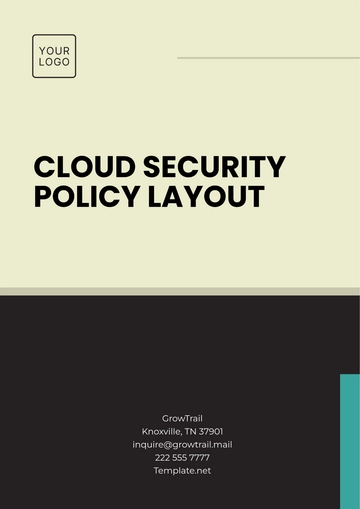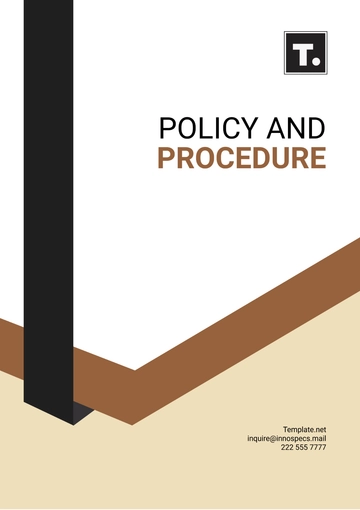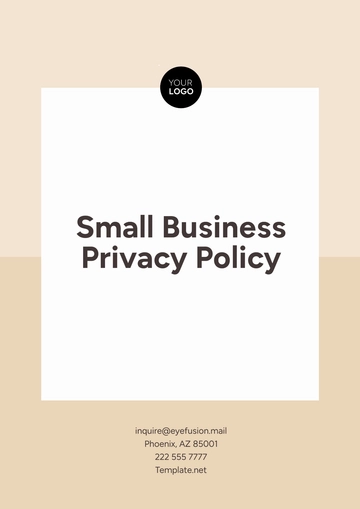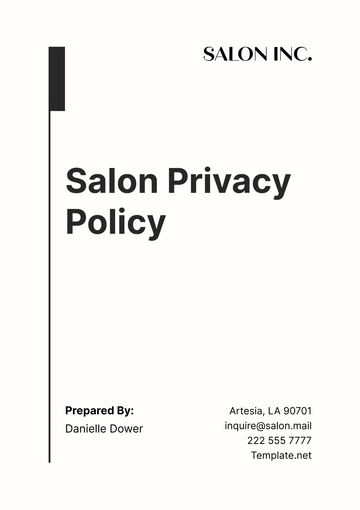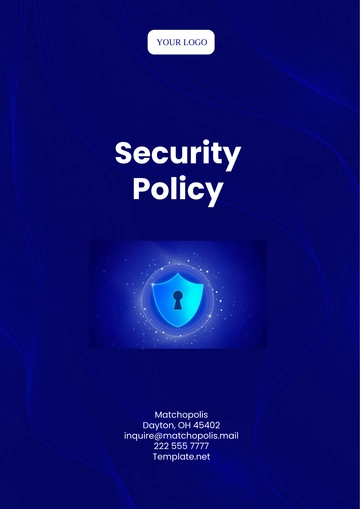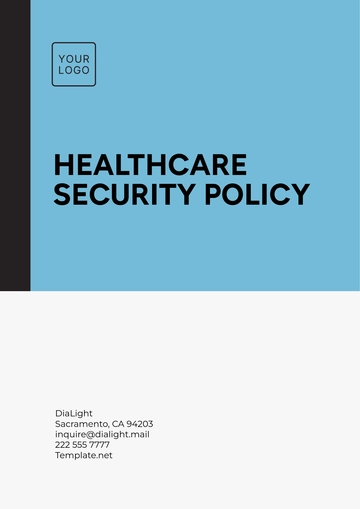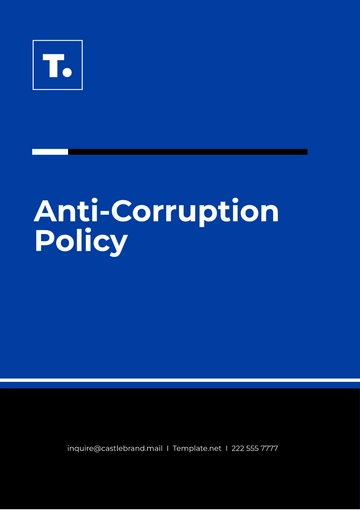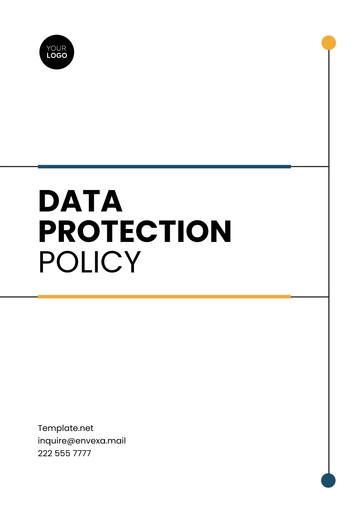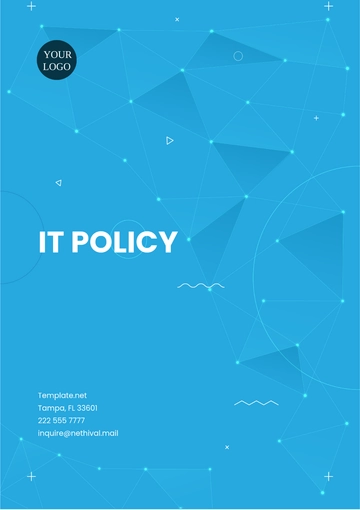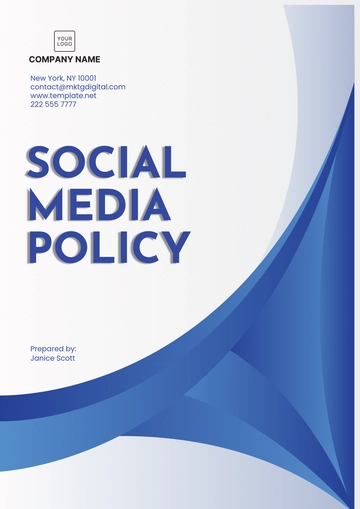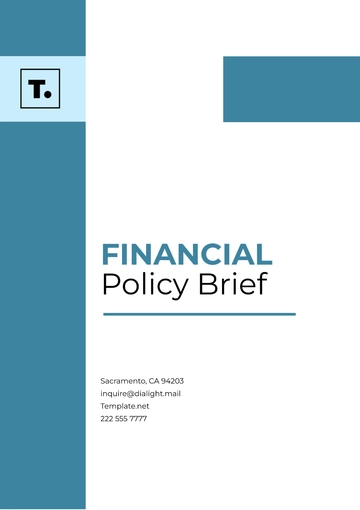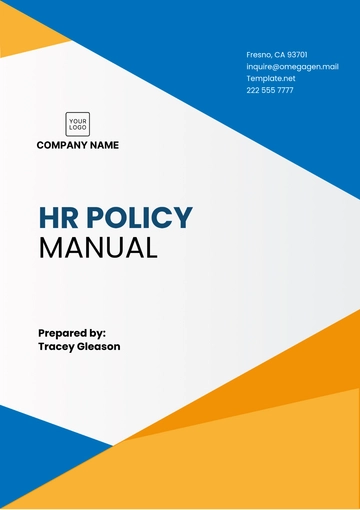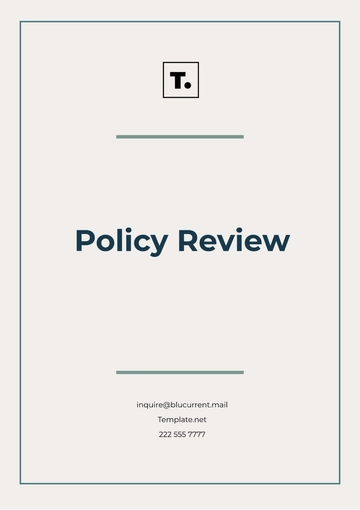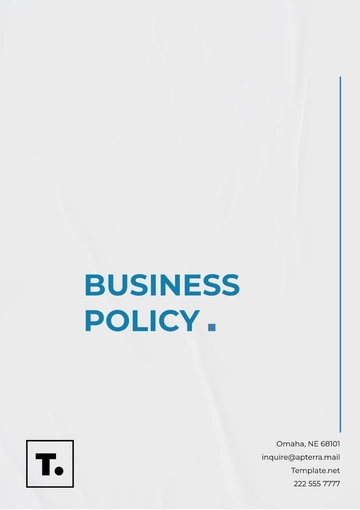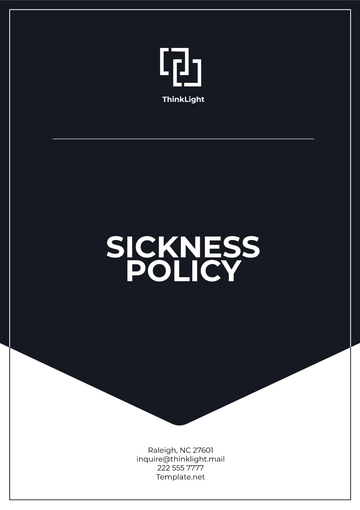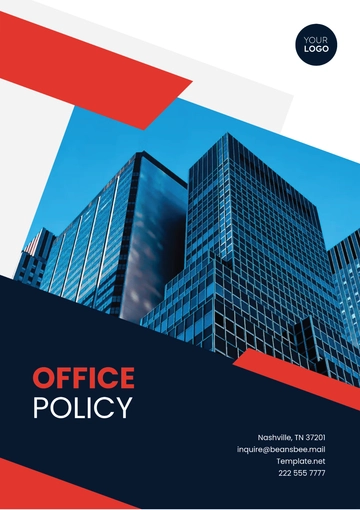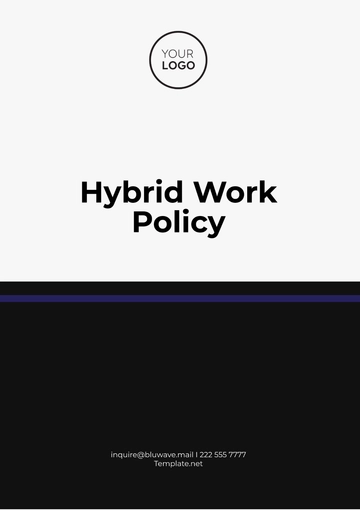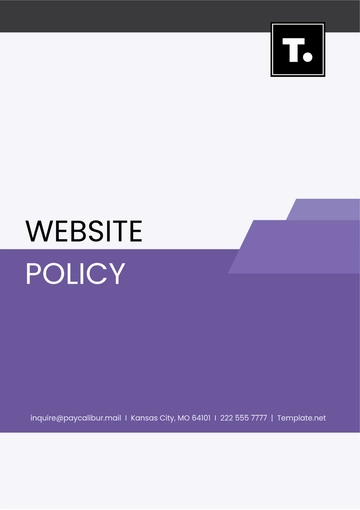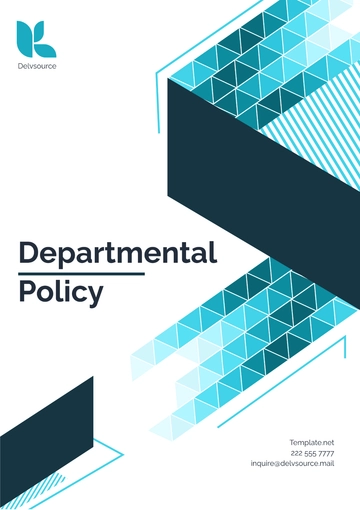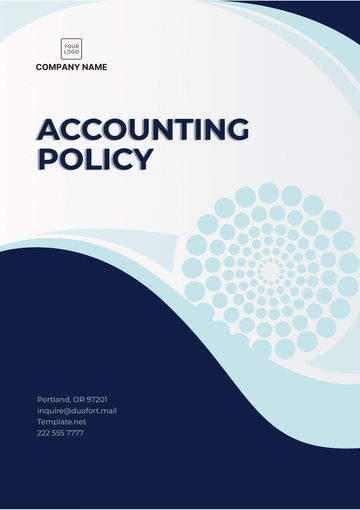Free Urban Policy Research
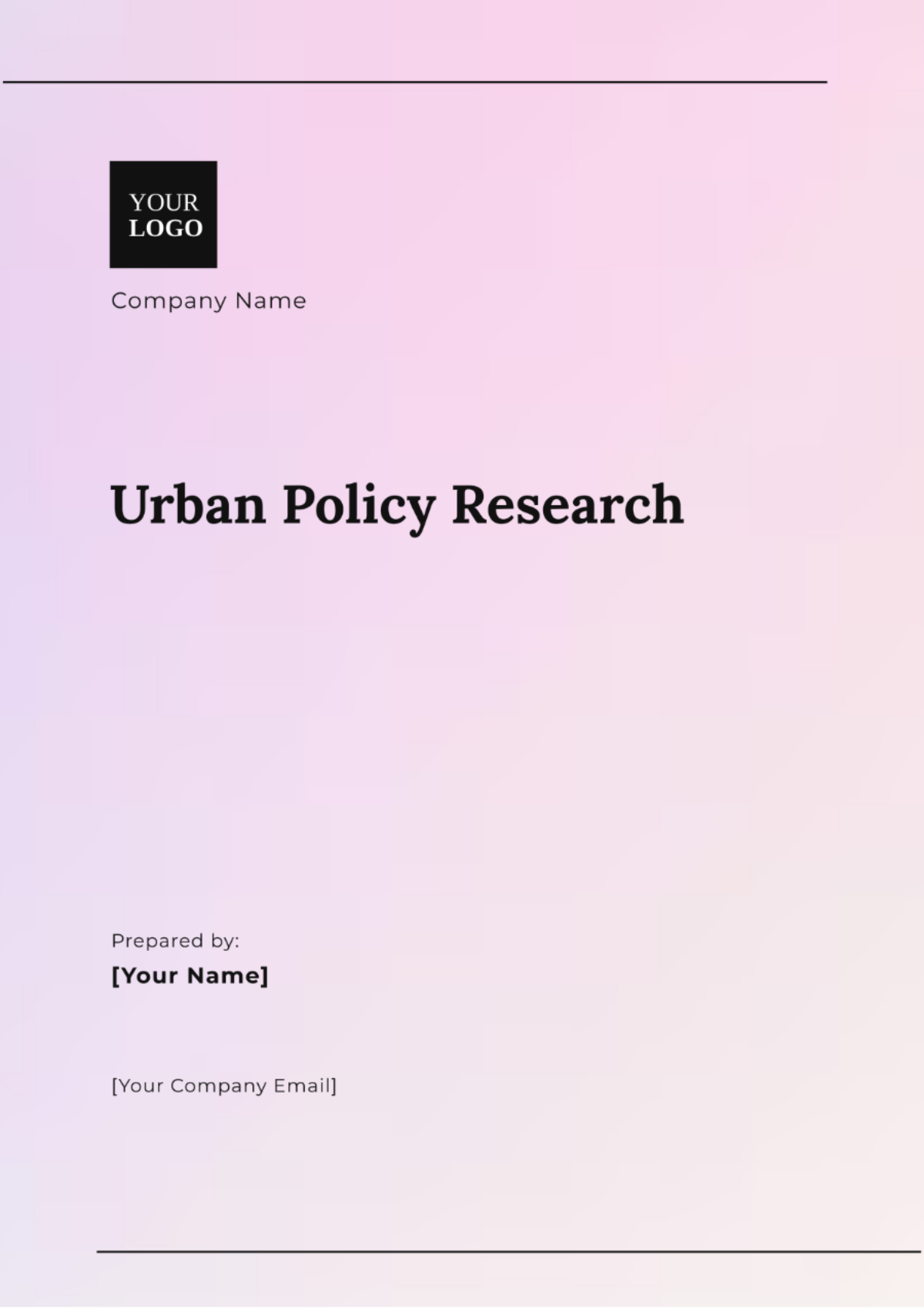
Company: [YOUR COMPANY NAME]
I. Executive Summary
This research aims to inform the creation of new urban policies and the modification of existing ones to foster sustainable city growth. Our findings suggest that integrating green infrastructure and promoting mixed-use development are critical for improving urban resilience and livability. Key recommendations include adopting innovative zoning regulations and investing in public transportation systems.
II. Introduction
Urban areas are experiencing unprecedented growth, presenting both opportunities and challenges for city planning. This research focuses on developing and modifying policies that address these challenges and promote sustainable development. The study covers trends and best practices observed in cities worldwide since 2050.
III. Literature Review
Recent studies highlight the importance of sustainable urban planning in mitigating environmental impacts and enhancing quality of life. Research indicates that cities adopting green infrastructure and sustainable practices see significant improvements in air quality and resident well-being. The review encompasses data from various global urban centers, with a focus on developments post-2050.
IV. Methodology
The research employed a mixed-methods approach, combining quantitative data analysis with qualitative case studies. Data was gathered from urban planning reports, policy documents, and expert interviews. This methodology provided a comprehensive understanding of current urban policies and their effectiveness.
Quantitative Survey Analysis
Qualitative Case Studies
Policy Document Analysis
V. Findings
Our analysis reveals that cities with integrated green infrastructure and mixed-use developments experience better environmental and social outcomes. For example, cities that implemented green roofs and urban parks since 2050 saw a 20% reduction in urban heat island effects. Additionally, mixed-use developments led to increased economic activity and reduced transportation costs.
Data Tables on Urban Heat Island Effects
City | Year | AUT | ART | Difference (Urban - Rural) (°C) |
|---|---|---|---|---|
EcoCity | 2050 | 32.5 | 29.8 | 2.7 |
2052 | 31.8 | 29.9 | 1.9 | |
2055 | 30.2 | 30.0 | 0.2 | |
Greenfield | 2050 | 34.0 | 30.0 | 4.0 |
2052 | 32.5 | 30.2 | 2.3 | |
2055 | 30.8 | 30.3 | 0.5 | |
Urban Haven | 2050 | 33.0 | 29.5 | 3.5 |
2052 | 32.0 | 29.7 | 2.3 | |
2055 | 31.0 | 29.8 | 1.2 | |
Downtown City | 2050 | 35.5 | 30.2 | 5.3 |
2052 | 34.0 | 30.4 | 3.6 | |
2055 | 33.0 | 30.5 | 2.5 |
Cities Implementing Green Infrastructure
Green Infrastructure Initiative | Area Covered (hectares) | Reduction in Urban Heat Island Effect (%) | Increase in Green Space (%) | Public Health Improvement (%) |
|---|---|---|---|---|
Green Roofs and Urban Parks | 200 | 15% | 25% | 10% |
Expansion of Urban Parks | 150 | 18% | 30% | 12% |
Installation of Green Roofs | 100 | 12% | 20% | 8% |
Tree Planting and Greenways | 300 | 20% | 35% | 15% |
Development of Greenways | 250 | 22% | 40% | 17% |
Urban Forests and Green Roofs | 180 | 19% | 32% | 13% |
Cool Roofs and Urban Gardens | 180 | 10% | 22% | 9% |
Expansion of Urban Gardens | 160 | 13% | 25% | 11% |
Installation of Cool Roofs | 120 | 11% | 20% | 10% |
Minimal Green Infrastructure | N/A | 5% | 10% | 3% |
Small-scale Tree Planting | 50 | 6% | 12% | 4% |
Limited Green Roof Installation | 40 | 5% | 8% | 2% |
Discussion
The findings underscore the need for policies that support sustainable development and resilience in urban areas. Integrating green infrastructure and promoting mixed-use spaces are essential for addressing the challenges posed by rapid urban growth. The discussion explores how these approaches can be adapted to different urban contexts.
VI. Recommendations
We recommend implementing policies that prioritize green infrastructure, such as green roofs and urban forests, and revising zoning regulations to support mixed-use developments. Investing in public transportation and creating incentives for sustainable building practices will further enhance urban resilience. Policymakers should consider these recommendations to guide future urban planning efforts.
VII. Conclusion
Sustainable urban development requires innovative policies that address current and future challenges. By focusing on green infrastructure and mixed-use development, cities can improve their environmental and social outcomes. Future research should continue to explore effective strategies for implementing these policies across diverse urban settings.
VIII. References
Smith, J. (2050). Urban Sustainability and Green Infrastructure. City Press.
Brown, L., & Green, K. (2052). Mixed-Use Development and Economic Growth. Urban Studies Journal.
Johnson, R. (2055). Public Transportation and Urban Resilience. Transportation Research Board.
- 100% Customizable, free editor
- Access 1 Million+ Templates, photo’s & graphics
- Download or share as a template
- Click and replace photos, graphics, text, backgrounds
- Resize, crop, AI write & more
- Access advanced editor
Discover the ultimate solution for urban policy research with our Urban Policy Research Template on Template.net. This editable and customizable tool is designed to streamline your research process. With the advanced AI Editable Tool, easily tailor the template to your needs and enhance your policy analysis efficiency. Perfect for urban planning professionals and researchers alike.
You may also like
- HR Policy
- Restaurant Policy
- Company Policy
- Accounting Policies and Procedures
- Website Policy
- Privacy Policy
- Safety Policy
- School Policy
- IT and Software Policy
- Law Firm Policy
- Construction Policy
- Interior Design Policy
- Travel Agency Policy
- Education Academic Policy
- Security Policy
- Real Estate Policy
- Expense Policy
- Software Policy
